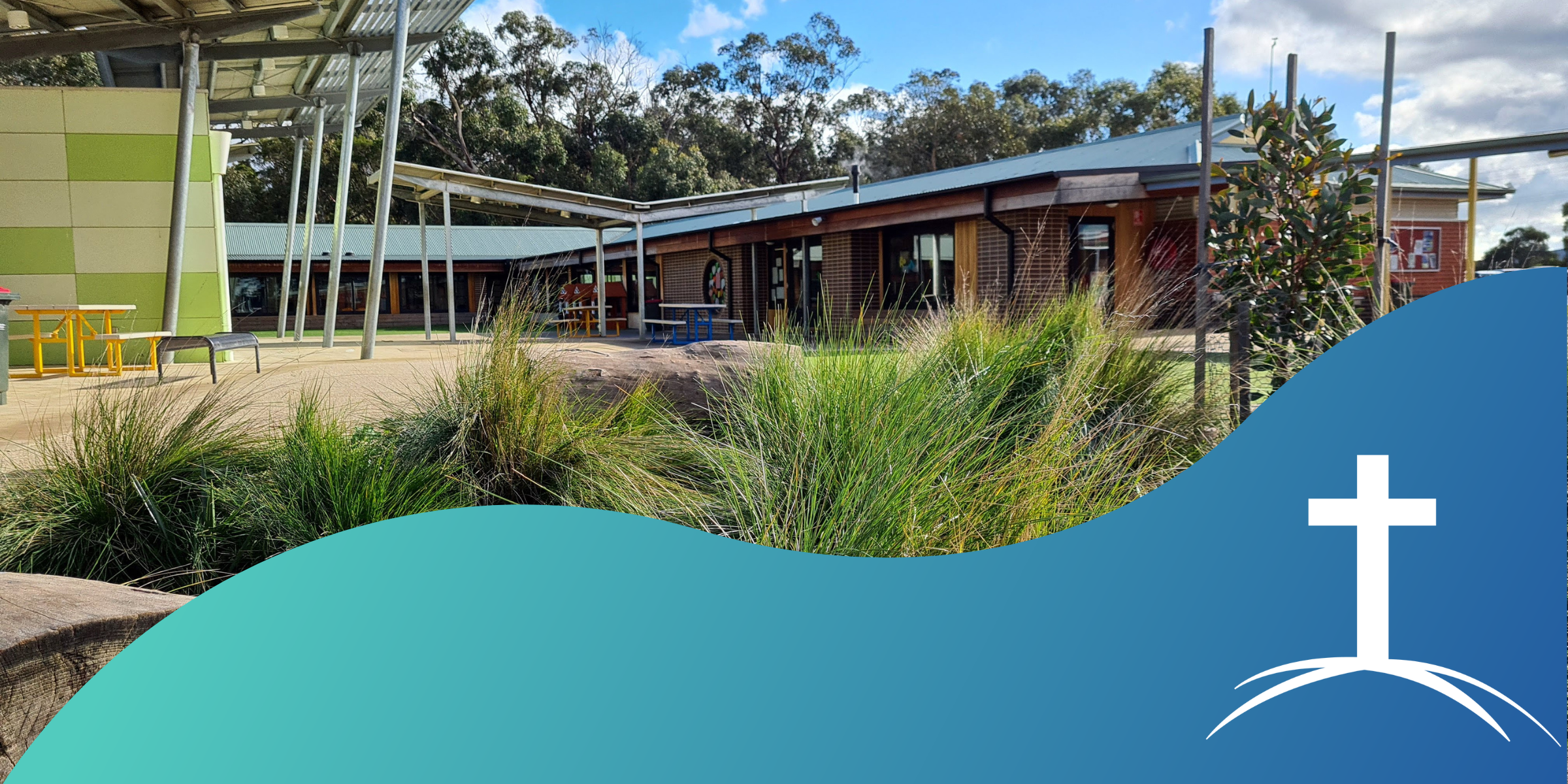Learning & Teaching

Author's Corner
Where the magic of words and the boundless imagination of our young authors take centre stage.
Today we are featuring Bonnie in Year One. This is her reflection on her trip to Scienceworks:
Design Your Own Fishing Rod? No Problem...
This term in Discovery many of our stations have been purposefully created to foster design thinking, making links to our Inquiry focus.
One of those stations has been built to look like a cool, blue pond stocked with lots of different fish. As the children at this station gazed at the 'pond', they began to wonder if there was a way they could catch the fish. After some thought and a glance around the space to see which resources they could find, some of our Prep children managed to design fishing rods! They had a marvelous time reeling in their fish!
Spaced Practice: A High Impact Teaching Strategy
Over the past few weeks our staff at Holy Cross have been diving back into some PD around 'Spaced Practice' as it is an evidence-based, high impact teaching strategy. Spaced Practice is a teaching and learning strategy that involves breaking down learning sessions into smaller, spaced intervals over time. This teaching model distributes learning across multiple shorter sessions with breaks in between. This method is based on the psychological principle of the spacing effect, which suggests that information is better retained when learning is spread out over time.
Key features of spaced practice include:
Timing of Practice Sessions: Spaced practice involves scheduling learning sessions with sufficient time intervals between them. These intervals allow for the gradual strengthening of memory and retention.
Active Recall: Learners engage in active recall during each practice session, which means they actively retrieve information from memory rather than passively reviewing materials. This process enhances long-term retention.




